Imagine walking through a bustling market, each stall a representation of your financial goals—some are thriving, while others struggle. You might feel overwhelmed as you navigate this vibrant but chaotic landscape. Setting budgetary goals is like creating a roadmap for your finances. It guides your spending, savings, and investments, leading to success in your personal and professional life. In this comprehensive guide, we will explore various budgeting techniques. We’ll see how effective financial planning empowers us to make informed decisions and allocate our resources wisely.
As we dive into the core of budget management, we’ll discover the significance of different types of budgets. These include the operating budget, capital budget, and cash flow budget. Each is a crucial tool for financial stability and strategic growth. By understanding how to establish and manage these budgets, we can set realistic goals, monitor progress, and make necessary adjustments along the way.
Table of Contents
Key Takeaways
- Setting budgetary goals is essential for effective financial planning.
- Understanding various types of budgets helps allocate resources wisely.
- Realistic financial targets encourage responsible spending.
- Monitoring progress allows for timely adjustments in budget management.
- Utilising budgeting tools can enhance financial goal achievement.
The Importance of Budgeting in Financial Planning
Budgeting is key in financial planning, helping both personal and professional success. It gives a clear way to manage money, leading to financial stability. Knowing how to budget helps people and businesses deal with money matters confidently.
Understanding Financial Stability
Financial stability comes from managing money well, and budgeting is crucial. A budget helps set spending plans and shows future money needs. It lets people handle money problems early.
Without a budget, businesses might waste money, leading to bigger problems. Good budgeting keeps things growing and stable for everyone.
Benefits of Budgeting for Personal and Professional Growth
Budgeting does more than just manage money. It helps plan for the future and reach financial goals. It also brings teams together, making everyone work towards the same goals.
Budgets help control spending and plan for the future. This ensures money is used well.
To learn more about smart money strategies, check out our detailed guide on financial planning.
Types of Budgets to Consider
It’s key to know the different budgets for good money management. By looking at various budgeting ways, we can find the best one for us. We’ll look at three main budgets: the operating, capital, and cash flow budgets.
Operating Budget
The operating budget covers daily business costs. It includes things like salaries, utilities, and supplies. By looking at past money use, businesses can plan for the future and stay stable.
Capital Budget
The capital budget is for big investments. It helps businesses plan for things like new property, equipment, and tech. It looks at how profitable and risky these investments are, helping to grow the business.
Cash Flow Budget
A cash flow budget watches how money comes in and goes out. It checks if a business has enough cash for its needs. It’s important for avoiding money problems and making smart financial choices.
| Type of Budget | Focus | Key Features |
|---|---|---|
| Operating Budget | Daily operations | Tracks expenses and revenues, ensuring financial stability |
| Capital Budget | Long-term investments | Plans for major expenditures, analyses profitability and risk |
| Cash Flow Budget | Inflow and outflow of cash | Monitors cash reserves, identifies cash-shortage risks |
Setting Budgetary Goals: Key Components
Creating effective budgetary goals starts with understanding both short-term and long-term aims. By knowing these goals, we can set realistic financial targets. This helps us make better decisions and follow a clear path to our dreams.
Identifying Short-term and Long-term Objectives
Short-term goals are about immediate needs, like saving for a holiday or paying off debt. Long-term goals might be saving for retirement or buying a home. It’s crucial to define these goals to build a strong budgeting plan.
Establishing Realistic Financial Targets
Setting financial targets means looking at our current money situation. We need to check our income, expenses, and savings to set achievable goals. Studies show that setting clear targets helps us reach our financial dreams. This method helps us stay focused on our personal finance goals.
Aligning with Personal Finance Goals
Linking our budget goals with personal finance goals boosts motivation and progress. A well-aligned budget helps us spend on what matters, like education, health, or experiences. Regularly checking these goals keeps them relevant and achievable as our finances change.
| Objective Type | Examples | Time Frame |
|---|---|---|
| Short-term | Paying off debt, building an emergency fund | Less than 1 year |
| Long-term | Saving for retirement, purchasing a home | 1 year or more |
| Realistic Financial Targets | Saving £200 a month, reducing monthly expenses by 10% | Ongoing |
Budget Management Strategies
In today’s world, managing your budget well is key to success. By using strong budget management strategies, we can make a detailed budget plan. This plan should match our goals. It involves steps like collecting data and making smart guesses.
With careful planning, we can handle financial challenges better.
Creating a Comprehensive Budget Plan
To make a detailed budget plan, we need to understand our finances well. We must set both short-term and long-term financial goals. This ensures our money is used wisely.
When making a budget plan, consider these points:
- Gather historical financial data to spot spending trends.
- Make predictions about future money needs through scenario analysis.
- Work with others to make sure everyone is on the same page.
- Use a financial planning and analytics tool for constant budget checks.
By combining these steps, we can budget proactively. This lets us adjust quickly when things change. A system that links budgets to financial reports helps us stay on track every day.
Monitoring Progress and Making Adjustments
Keeping an eye on how we’re doing is vital in budget management. We should regularly compare our actual spending to our budget plan. This helps us see where we might need to make changes.
Using rolling forecasts helps us stay flexible and keep our financial plans up-to-date. Real-time data helps us manage our money more effectively.
Good budgeting and monitoring help us make better financial choices. By learning from past experiences and comparing, we can manage our budget confidently. For more on budgeting, check out this useful guide.
Effective Budgeting Techniques
As we look to make the most of our money, learning about budgeting is key. Knowing the different budgeting methods helps us create a budget that meets our needs.
Zero-based Budgeting
Zero-based budgeting means we justify every expense for the next period. It makes us look closely at all spending, ensuring only essential costs are approved. This method is great for finding ways to save money, making it perfect for those who want to manage their resources well.
Incremental Budgeting
Incremental budgeting starts with last year’s budget and adds a percentage for changes like inflation. It’s simple but might not fix old budget problems. Knowing both methods helps us choose the best one for our finances.
| Budgeting Technique | Description | Advantages | Disadvantages |
|---|---|---|---|
| Zero-based Budgeting | Starts from zero, requiring justification of all expenses | Promotes cost control and potential savings | Time-consuming and can be complex to implement |
| Incremental Budgeting | Increases last year’s budget by a fixed percentage | Simple to implement and understand | Can perpetuate inefficiencies and overspending |
Using these budgeting techniques can greatly improve our financial planning. For more on budgeting, check out this link.
Financial Goal Setting: Tools and Resources
In today’s world, the right tools are key for setting financial goals. There are many budgeting software options and apps to help manage money. These tools let us keep an eye on spending, track goals, and make changes easily.
Utilising Budgeting Software
Using budgeting software can boost our financial planning. It gives us a place to set financial goals and see how we’re doing. By setting goals for now, later, and far ahead, we can match our spending with our big plans. The main benefits include:
- Clear view of income and spending
- Easy tracking of transactions
- Charts to show financial trends
- Tools to set and change financial goals
Apps for Budget Tracking
Budget tracking apps are also popular for managing money on the move. They let us log expenses as we go, helping us make quick changes. These apps often have features like:
- Warnings for spending too much
- Linking to bank accounts for updates
- Settings to match personal goals
- Tracking progress for rewards
Keeping these tools up to date helps us understand our finances better. It helps us spot trends and avoid mistakes. Using these modern tools makes setting financial goals easier and more effective.
Challenges in Budget Goal Setting
Setting effective budget goals can be tough. It often hinders our financial planning. By knowing these challenges early, we can plan better. Common pitfalls like making unrealistic promises and not seeing unexpected costs can stop us. Let’s look at these challenges and how to beat them for a strong financial plan.
Common Pitfalls in Financial Planning
Budgeting can get tricky if we ignore common problems. Small and micro-businesses often face:
- Collecting wrong data, leading to bad budget guesses.
- Not updating budgets when market trends change.
- Focus too much on money and forget about strategy.
- Not having enough time to make a detailed budget.
These issues can lead to poor management and harm the business’s success.
How to Overcome Budgeting Obstacles
We can tackle budget challenges with the right strategies. Here are some ways:
- Use tools like spreadsheets or software to make budgeting easier and more accurate.
- Get everyone involved in budgeting to increase teamwork and responsibility.
- Make budgets flexible to adapt to changing situations but still set clear goals.
- Let team members help with budgeting to boost their motivation and sense of ownership.
Regularly check how we’re doing and adjust budgets as needed. This keeps us on track and stable financially.
| Challenge | Impact | Solution |
|---|---|---|
| Inaccurate Data Collection | Leads to misleading budget projections | Utilise reliable budgeting tools for better data accuracy |
| Failure to Adjust Budgets | Prevents responsiveness to market changes | Conduct regular budget reviews to adapt to trends |
| Excessive Focus on Financial Outcomes | Neglect of crucial strategic initiatives | Balance financial and strategic goals within the budgeting process |
| Lack of Time for Budget Creation | Results in poorly structured budgets | Dedicating specific time for detailed financial planning |
Best Practices for Budget Goal Setting
Setting and managing budget goals can greatly improve an organisation’s finances. By following best practices, we work together to set goals. This teamwork makes sure everyone is on board and brings different ideas to the table.
Involving Stakeholders in the Process
It’s crucial to work together across departments. Leaders from every area help make sure the budget covers all needs and priorities. This way, everyone knows their part in reaching financial targets.
Using budgeting software can help. It makes communication easier and keeps everyone updated on the budget’s status.
Reviewing and Adjusting Your Budget Regularly
Regular budget checks are key to keeping things on track. Business changes mean we need to update our financial plans often. This helps us spot problems early and solve them quickly.
Regular budget reviews help us stay focused on our goals. They also help us adapt to changes in our business world.
| Best Practices | Description |
|---|---|
| Clear Objectives | Set specific, measurable goals that align with organisational strategies. |
| Historical Data Usage | Collect and analyse past financial data to inform future budgeting decisions. |
| Stakeholder Inclusion | Involve all relevant departments to gather insights and foster commitment. |
| Regular Reviews | Conduct periodic assessments to compare actual performance with budgeted figures. |
| Agile Adjustments | Make informed changes to the budget based on real-time financial performance. |
Conclusion
This article shows how setting budgetary goals is key to good financial planning. Knowing different methods helps us manage our money better. Being informed and active lets us move forward with hope and strength.
Using SMART goals helps us keep track of money coming in and going out. It’s also important to know the difference between strategic, tactical, and operational goals. This helps us budget more efficiently. Regularly checking and updating our budgets is crucial to stay on track with our goals.
Setting budgetary goals is not just about numbers; it’s about growing and improving. As we work towards our goals, let’s keep improving our plans with new information. Let’s also focus on being accountable and always looking for ways to get better. Together, we can achieve our financial dreams!
FAQ
Why is setting budgetary goals important?
Setting budgetary goals is key. It gives a clear direction for financial planning. This helps make smart decisions and use resources well. It also leads to financial stability and tracks performance well.
What are the different types of budgets available?
There are many budgets like the operating budget for daily needs and the capital budget for big investments. The cash flow budget watches money coming in and out. Knowing these helps pick the best budgeting method.
How can I set effective financial targets?
To set good financial targets, find both short-term and long-term goals that match your finance plans. Having clear, achievable goals helps guide decisions and boosts motivation to reach them.
What strategies can I use for effective budget management?
Good budget management means making a detailed budget plan and using the right financial data. It’s also important to keep an eye on your budget’s progress. Making changes as needed keeps your budget on track with your financial goals.
What are zero-based and incremental budgeting techniques?
Zero-based budgeting means explaining every expense at the start of each period. Incremental budgeting uses last year’s budget as a base. Knowing these methods helps pick the best one for you.
What tools are available for financial goal setting and budget tracking?
There are many budgeting software and apps that make budgeting easier. They help track expenses, goals, and adjust budgets easily. These tools help take control of your finances.
What common pitfalls should I be aware of during budget goal setting?
Common mistakes include setting too high goals and not planning for surprises. Knowing these pitfalls helps create strong financial plans that fit your real situation.
How can involving stakeholders improve budget goal setting?
Getting stakeholders involved makes budgeting a team effort. This boosts commitment to financial goals. Regularly reviewing and updating budgets keeps them relevant, helping improve our financial planning.





